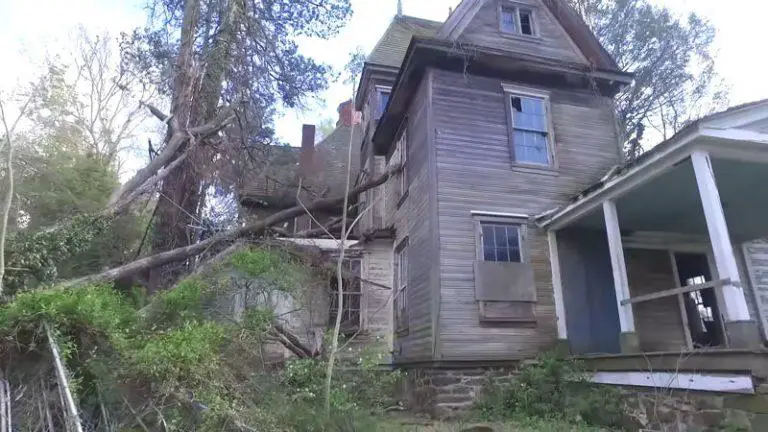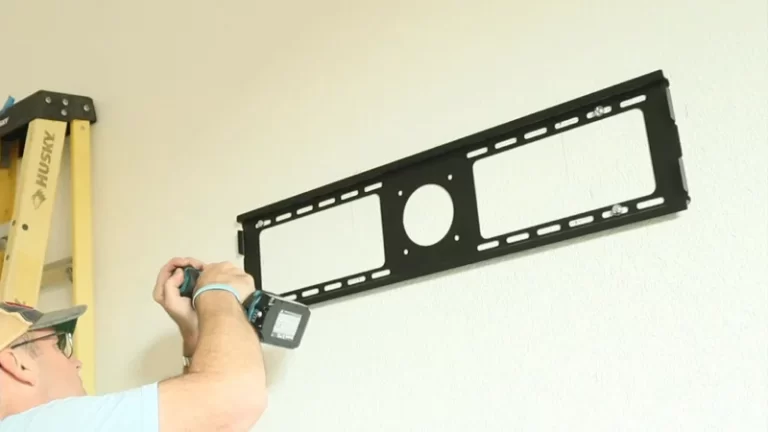Johns Manville Weathertite Sheathing – Everything You Need to Know
Johns Manville is a well-known name in the construction industry, providing a range of insulation and roofing products. When it comes to sheathing, their Weathertite product stands out for its durability, energy efficiency, and ease of installation.
In this article, we will dive into the features and benefits of Johns Manville Weathertite sheathing, as well as its environmental and safety considerations. Before that, we will briefly touch on the history of Johns Manville, and the importance of proper insulation and sheathing in construction.
You'll Learn About
What is Johns Manville Weathertite Sheathing?
Johns Manville Weathertite Sheathing is a high-performance insulation and sheathing product used in construction projects. It is a rigid board made of polyisocyanurate foam core, which is covered with a non-woven, reinforced fiberglass mat facing on both sides. This combination of materials provides excellent thermal insulation, moisture resistance, and structural support, making it an ideal option for various construction applications.
One of the most common applications for Weathertite Sheathing is in the walls of buildings. It is designed to be installed between the exterior cladding and the framing, acting as a barrier against moisture and thermal transfer.
This helps to improve the energy efficiency of the building, reduce heating and cooling costs, and create a more comfortable indoor environment for occupants. Additionally, it can also be used in roof assemblies, where it provides superior insulation and structural support.

Compared to other sheathing options, Weathertite Sheathing has several advantages. For one, it has a high R-value, which measures its ability to resist heat flow. This means it provides better insulation compared to other materials like plywood or oriented strand board (OSB).
Additionally, it has a superior moisture resistance, which helps to prevent mold growth and structural damage. Weathertite Sheathing is also lightweight and easy to handle, making it easier and faster to install on job sites.
On the other hand, one of the disadvantages of Weathertite Sheathing is its cost, which is generally higher than other sheathing materials.
Johns Manville Weathertite Sheathing is a high-performance insulation and sheathing product that provides excellent thermal insulation, moisture resistance, and structural support. It is commonly used in wall and roof assemblies in construction projects, and offers several advantages over other sheathing options, such as superior insulation and moisture resistance.
However, it is more expensive than other materials, which may be a consideration for some builders and contractors. Overall, Weathertite Sheathing is a reliable and effective option for improving the energy efficiency and comfort of buildings.
Asbestos Concerns
Johns Manville has a history of producing asbestos-containing products, including insulation and roofing materials, which were used extensively in the construction industry throughout the 20th century. Asbestos was prized for its fire-resistant properties and durability, but it was later discovered to pose serious health risks. In 1982, Johns Manville filed for bankruptcy due to the overwhelming number of asbestos-related lawsuits against them.
Potential Risks of Asbestos Exposure
Asbestos exposure can cause serious and often fatal illnesses, including mesothelioma, lung cancer, and asbestosis. These illnesses can take years or even decades to develop, and there is no known cure.
Asbestos fibers can become airborne when asbestos-containing materials are disturbed, such as during renovation or demolition work. Inhalation of these fibers can lead to the aforementioned health issues.
How to Identify Asbestos in Weathertite Sheathing
If Weathertite Sheathing was manufactured before the 1980s, it may contain asbestos. It’s important to note that asbestos fibers are not visible to the naked eye, so identifying its presence requires specialized testing.
Homeowners and construction workers should not attempt to identify asbestos themselves, as disturbing the material can release fibers into the air. Instead, they should contact a certified asbestos inspector to take a sample for testing.
If asbestos is found in Weathertite Sheathing, it should only be removed by a licensed abatement contractor using proper safety precautions to minimize the risk of exposure.
Testing and Removal
Before any removal of materials suspected to contain asbestos, it is important to conduct proper testing to confirm the presence of asbestos. This is crucial because asbestos fibers can pose serious health risks if they become airborne and are inhaled.
Proper testing can help to ensure the safety of workers and inhabitants of the building. Testing involves collecting samples of the material suspected to contain asbestos and analyzing them in a laboratory to determine if asbestos fibers are present.
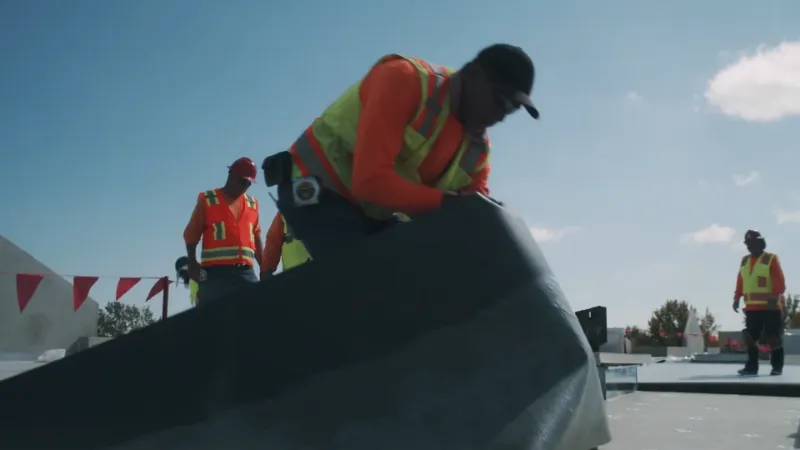
Where to Find Certified Asbestos Testing Labs
Certified asbestos testing labs can be found through various sources, including the Environmental Protection Agency (EPA) and state health departments. It is important to choose a certified lab to ensure accurate results. The EPA maintains a list of accredited labs on their website, and state health departments can provide information on certified labs in their jurisdiction.
How to Safely Remove and Dispose of Asbestos-containing Materials
If asbestos is found in Weathertite Sheathing or any other building material, it is important to have it removed and disposed of properly to prevent exposure to asbestos fibers. This should only be done by trained professionals who are equipped with proper personal protective equipment (PPE) and follow specific procedures to minimize the release of fibers.
These procedures may include wetting the material to prevent dust from becoming airborne and using negative air pressure to prevent the spread of fibers. Once the material has been removed, it must be disposed of at a landfill that is authorized to accept asbestos-containing waste.
It is important to follow all local, state, and federal regulations regarding the handling and disposal of asbestos-containing materials.
In summary, testing for asbestos before removal is important to ensure the safety of workers and inhabitants of the building. Certified asbestos testing labs can be found through sources such as the EPA and state health departments. Removal and disposal of asbestos-containing materials should only be done by trained professionals who follow specific procedures to prevent the spread of fibers, and disposal should be done at a landfill authorized to accept asbestos-containing waste.
Alternatives to Weathertite Sheathing
There are several other types of sheathing materials available on the market that can be used in place of Johns Manville Weathertite Sheathing. Some of the most common types of sheathing materials include plywood, oriented strand board (OSB), fiber cement, and gypsum.
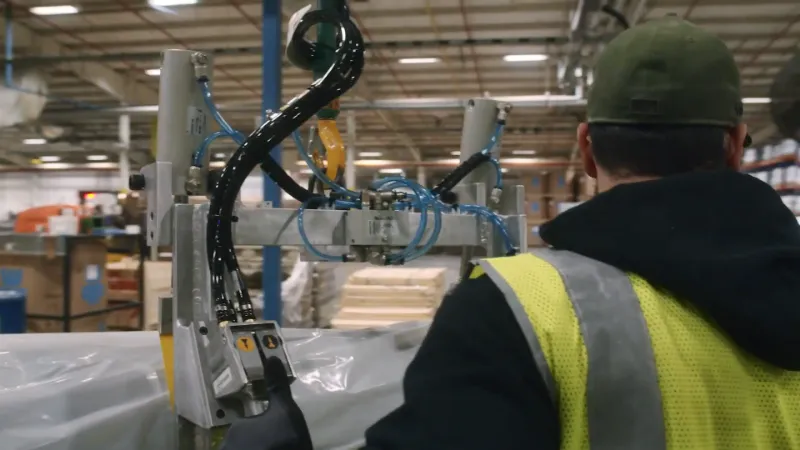
Comparison of Performance and Cost
Each type of sheathing material has its own advantages and disadvantages in terms of performance and cost. For example, plywood is known for its strength and durability, but it is also one of the most expensive options.
OSB is a more cost-effective option, but it can be susceptible to moisture damage over time. Fiber cement and gypsum are both moisture-resistant materials, but they may not be as strong as plywood or OSB.
Factors to Consider When Choosing a Sheathing Material
When choosing a sheathing material, there are several factors to consider, including cost, performance, and environmental impact. Cost is often a primary consideration for many builders and homeowners, as some materials can be significantly more expensive than others.
Performance is also important, as the sheathing material must be able to withstand the weather conditions and other stressors that it will be exposed to over time. Additionally, environmental impact should be considered, as some materials may be more sustainable and eco-friendly than others.
while Johns Manville Weathertite Sheathing may be a popular option for many builders and homeowners, there are several other types of sheathing materials available on the market that may be a better fit for certain projects. When choosing a sheathing material, it is important to carefully consider factors such as cost, performance, and environmental impact to ensure that the best option is selected for the project at hand.
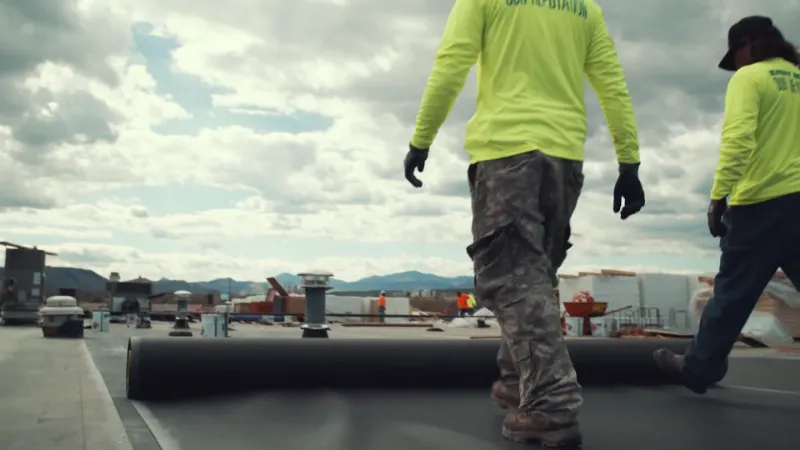
Frequently Asked Questions
Is Johns Manville Weathertite Sheathing Suitable for All Types of Climates?
Yes, Weathertite Sheathing is suitable for all types of climates. It is designed to provide superior insulation and protect the building from moisture, air infiltration, and other environmental factors.
However, it is important to follow the manufacturer’s installation instructions to ensure optimal performance.
Can Weathertite Sheathing Be Used in Both Residential and Commercial Buildings?
Yes, Weathertite Sheathing can be used in both residential and commercial buildings. It is suitable for new construction, renovation, and retrofit projects.
It is a versatile product that can be used in various applications such as walls, roofs, and floors.
What is the Lifespan of Weathertite Sheathing?
Weathertite Sheathing has a long lifespan and can last for the life of the building when properly installed and maintained. It is made of durable materials that are resistant to moisture, mold, and other environmental factors.
However, the actual lifespan of the product may vary depending on the building conditions and maintenance.
How Does Weathertite Sheathing Compare to Traditional Plywood Sheathing?
Weathertite Sheathing offers several advantages over traditional plywood sheathing. It has a higher R-value, which means it provides better insulation and energy efficiency.
It is also resistant to moisture and mold, which can cause decay and damage to plywood sheathing. Additionally, it is lightweight and easy to install, reducing labor costs and installation time.
Can Weathertite Sheathing Be Used as a Structural Sheathing Material?
Yes, Weathertite Sheathing can be used as a structural sheathing material in addition to its insulation properties. It has been tested and certified to meet various building codes and standards for structural applications.
However, it is important to consult with a structural engineer to ensure it is suitable for the specific application and design of the building. Some people also like to install insulation on freeze proof cabinet.
Conclusion
Johns Manville Weathertite Sheathing is a high-quality insulation and sheathing material that offers many benefits in construction. Its unique design and features make it ideal for use in a variety of applications, from residential to commercial buildings.
While there have been concerns about the historical use of asbestos in Johns Manville products, the company has taken steps to address these issues and ensure the safety of its products. It is important to test for asbestos before removing any materials and to follow proper safety protocols when doing so.
Overall, Johns Manville Weathertite Sheathing is a reliable and effective option for those looking for a quality sheathing material.

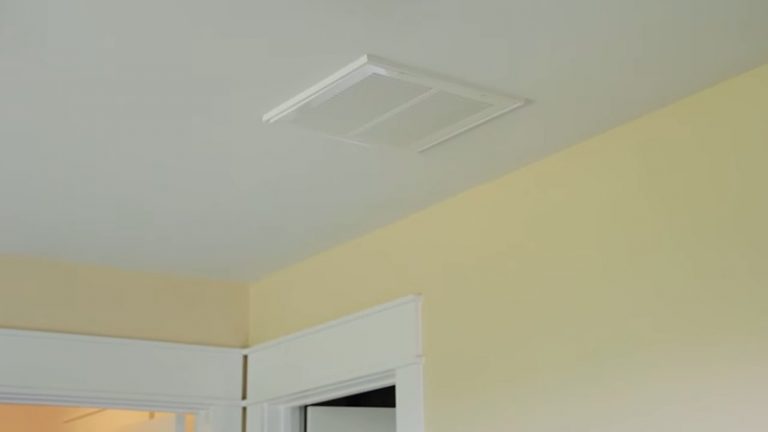
![R-30 Insulation 2×8 [Everything You Need to Know]](/wp-content/uploads/2023/01/R-30-Insulation-2x8-1-768x432.webp)
